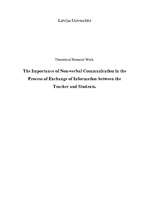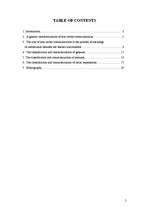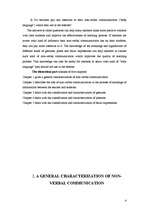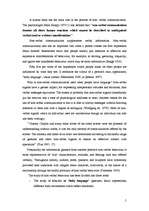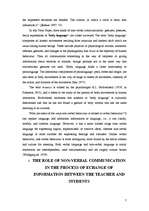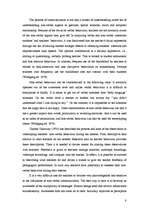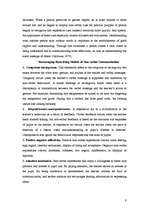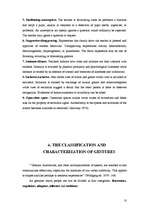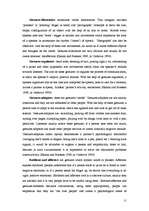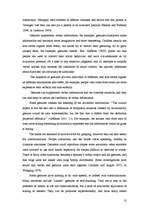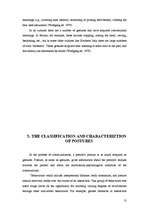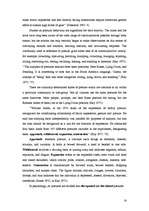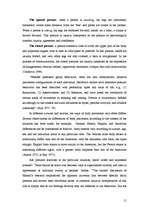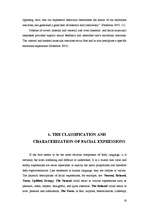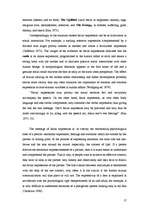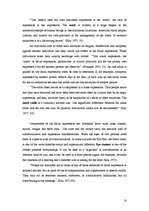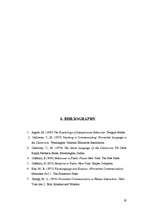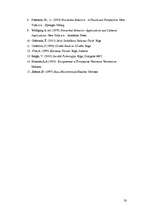-
The Importance of Non-verbal Communication in the Process of Exchange of Information between the Teacher and Students
| Nr. | Sadaļas nosaukums | Lpp. |
| 1. | Introduction | 3 |
| 2. | A general characterization of non-verbal communication | 5 |
| 3. | The role of non-verbal communication in the process of exchange of information between the teacher and students | 8 |
| 4. | The classification and characterization of gestures | 11 |
| 5. | The classification and characterization of postures | 14 |
| 6. | The classification and characterization of facial expressions | 17 |
| 7. | Bibliography | 20 |
An individual takes part in the process of communication both verbally and non-verbally. The verbal information is conveyed with the help of words, and it is perceived with the help of hearing. The non-verbal information is visual which is perceived with the help of eyesight. The process of giving non-verbal information can also happen by touch, for example, by shaking hands
The non-verbal information is conveyed with the help of the morpfoconstitutional features- the sex, age, race and the ethnic belonging. An individual non-verbally takes part in communication using- gestures, facial expression, posture, space, etc., and they supplement verbal information. Psychologists consider that non-verbal communication is truer than verbal communication because it is usually unconscious.
Three kinds of non-verbal communication- gestures, postures, facial expressions or ‘body language’- are closer surveyed in this Term Paper. Effectively and correspondingly to the situation chosen gestures, facial expression or pose can help to make close, positive and good contacts with another person, but unconsciously inappropriate non-verbal communication can both make a wrong impression about the person who gives this information and ‘spoil’ the relationship with another person.
The exchange of information between the teacher and students also takes place not only verbally but also non-verbally. The aim of the Term Paper is to find out if non-verbal communication has a strong influence on the effectiveness of teaching process and exchange of information between the teacher and students.
To achieve this aim, the following objective is stated:
• to study the theoretical literature about non-verbal communication and its influence on the process of communication.…
Šis teorētiskais pētījums/referāts ir par neverbālo komunikāciju, kā arī tās nozīmi skolotāju darbā ar skolēniem.

